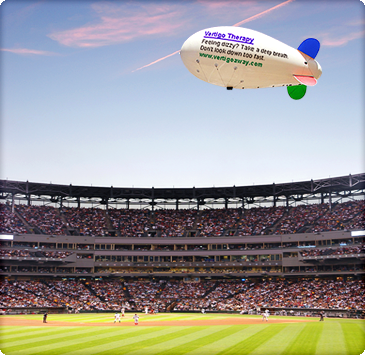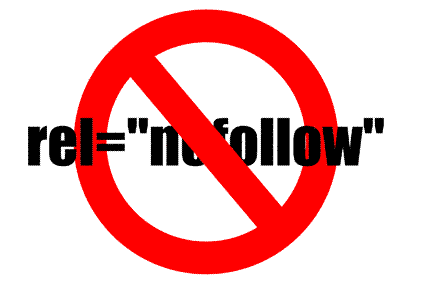Google Penguin Resource – How to Recover
 My sites have been hit HARD by Google Penguin and so I’ve been reading all the information I could find on the new algorithm which has affected so many websites. This page is a summary of the information you’ll find around the web and the best practices to remove the penalty and get your rankings back.
My sites have been hit HARD by Google Penguin and so I’ve been reading all the information I could find on the new algorithm which has affected so many websites. This page is a summary of the information you’ll find around the web and the best practices to remove the penalty and get your rankings back.
5 steps to recovery after Google Penguin
1 – Send a reconsideration request
Some may disagree but I think it’s a good idea to contact Google and ask them if your site has been penalized or not. When I contacted them, I got a response telling me if I had been penalized or not.This will give you additional information so you know what to work on in order to lift the penalty or get rankings back.
2 – Fix any ONSITE issues
- Are many pages on your site optimized for the same keyword? If yes then concentrate the information on one single page and 301 redirect the other page.
- Remove extra links in your footer or sidebar which are not really useful to your navigation and might be using your “money” keywords.
- Make sure you do not repeat 50 times the same keyword in your texts. Google has become smart enough to understand what your page is about without you needing to repeat it constantly.
- Does your site have duplicate content? Google might have problems deciding which of your pages to rank for a keyword? On WordPress, you should NOINDEX your TAG pages for example.
3 – Fix your backlinking profile
- Gather a list of all your backlinks using MajesticSEO, AHREFS, OpenSiteExplorer (Seomoz) and Google Webmaster Tools. In all these tools you can export your backlink information to excel using CSV.
- Merge all lists in Excel and clean up the duplicates then sort by anchor text keyword
- You can do some quick calculations to see what percentage of your anchor texts are being used on your backlinks. If you see one of your anchor texts having more than 30% occurrences then you might have found the reason for Google’s penalty. Google now frowns upon over optimization of the anchor text so you need to fix that and diversify.
- Try to get in touch with the websites responsible for the over-optimization and ask them nicely to change the anchor text of the link to your site. Diversify your anchor texts!
- A lot of the time you won’t be able to contact the webmaster so your only solution is to create enough quality backlinks and diversify your anchor texts. New backlinks will lower the percentage of occurrences for each keyword.
4 – New backlinks
The new backlinks you will now create will increase your site’s authority and link diversity. Both of these elements are hugely important in order to rank for your keywords or remove the penalty on your site.
- Diversify your anchor texts and try to use 20-30% of generic anchor texts:
- Click here
- Visit this website
- www.yoursites.com
- Your name
- Etc…
- Get links from relevant websites in your own niche
- Add links to your deep pages and not just the homepage
- Use social media and create an account on Twitter, Facebook, Pinterest… make sure to include your website’s URL in your profile. Post your links there and start a conversation with people of the same interests.
- In a upcoming article I will detail how I get valuable backlinks from authority sites in my industry. Guest Post Power!
5 – Create amazing content
Each page of content is a new doorway to your site. It is vital for success that you create as much quality content as possible. This could be an article, a video, a podcast, images (infographic) or other. Put some LOVE into your content and article and write in a way which grabs the attention of the readers. You want your articles to make your readers want to share the page and then subscribe to your feed to get updates. It’s not easy but you can manage by putting your guts in your content!
Penguin Resource:
Because my sites were hit HARD by the Google update called Penguin, I have created a resource page listing all the best articles or videos on the topic. Learning as much as we can on it might help us understand and take action to improve the penalized websites.
This is what Wikipedia has to say about Google Penguin:
Google Penguin is a code name for a Google algorithm update that was first announced on April 24, 2012. The update is aimed at decreasing search engine rankings of websites that violate Google’s Webmaster Guidelines by using black-hat SEO techniques such as keyword stuffing, cloaking, participating in link schemes, deliberate creation of duplicate content, and others.
UPDATE: Google did a refresh of the Penguin update on May 24th called Penguin 1.1. Read more on SEroundtable. Some sites are back in the SERPs and others have been hit even harder!
SENuke Team: Mastering Google – Penguin, Reverse Engineered
SEOmoz: Whiteboard+ on Google’s Penguin Update
Click here to see the video on SEOMOZ’s Google+ page. In it, I cover a few unique items about Penguin:
- Not focused on improving search quality
- Affect some of the worst spam (but not all) and some very light forms of spam/manipulation (oddly)
- Not tied to on-page or on-site necessarily, though outlinks may be looked at and several other updates occurred at similar times (making it tough to reverse engineer what might have caused a penalty)
- Appears to affect a disproportionate number of web service industry sites (though that could be correlation, not causation)
- Not yet clear if this a rolling update (though there are signs it may be)
- Left a lot of very strange, “empty” types of results in many of the spammiest verticals/SERPs





